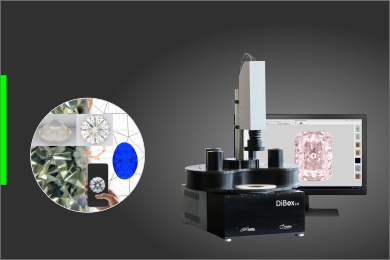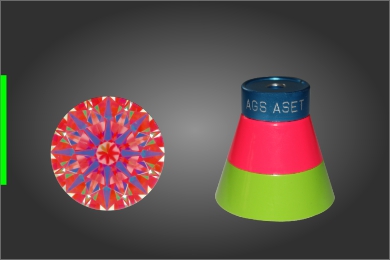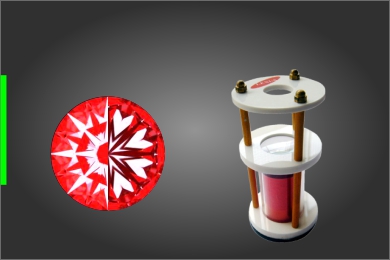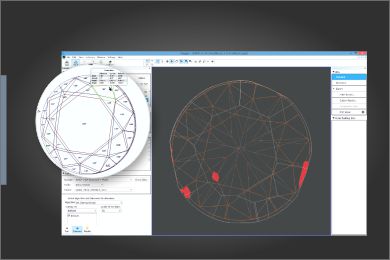The advanced professional version, DC3.0Pro, takes tied proportion models a step further by automatically generating models with variations of chosen proportions as shown in the selection box on the left. The software can then generate charts of model images in any lighting format (e.g. AGS ASET images) for thousands of nominated proportion combinations. These charts of virtual images can be used to avoid ugly dark zones like fish-eye and nail-head effects.
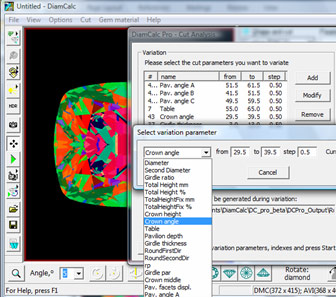
The same operation enables generation of data for any selection from more than 10 basic light performance responses (as shown on the right below). The output data can then be converted to performance graphs and charts (see the example on the next page) for the optimization of the cut being studied to identify the best proportion combinations to achieve maximum brilliance fire and scintillation and good yield for of any diamond.
DiamCalc’s exciting new features for the design of new cuts and optimization of proportions will undoubtedly lead to the development of better new cuts. OctoNus envisages that creative designers will develop diamonds as good as, or even better, than the traditional round brilliant. Labs too will find this tool useful in developing cut grading applications which for the first time will enable grading any cut, new or existing, and the grades can be on the same comparative scale. That means that consumers, retailers, dealers and cut designers will be able to compare diamonds of different cuts using independent and repeatable light response information and tools.
By clicking on any image a Gem Adviser or DiamCalc 3D model of that stone will open. Once the 3D model is opened you can:
